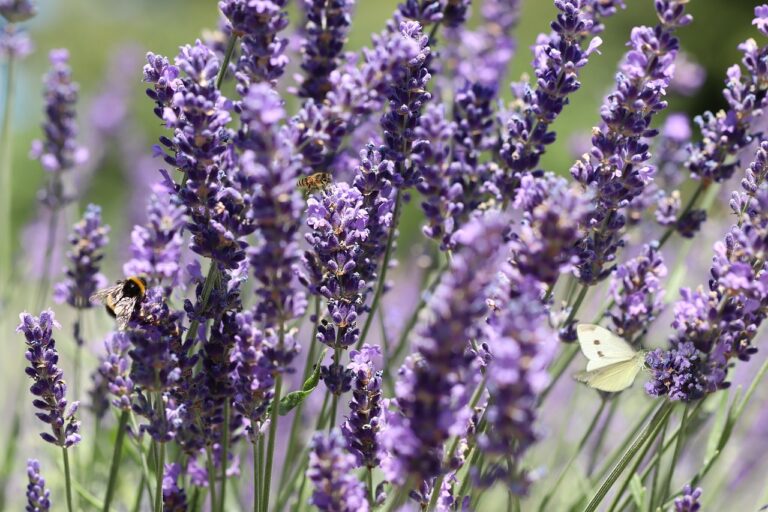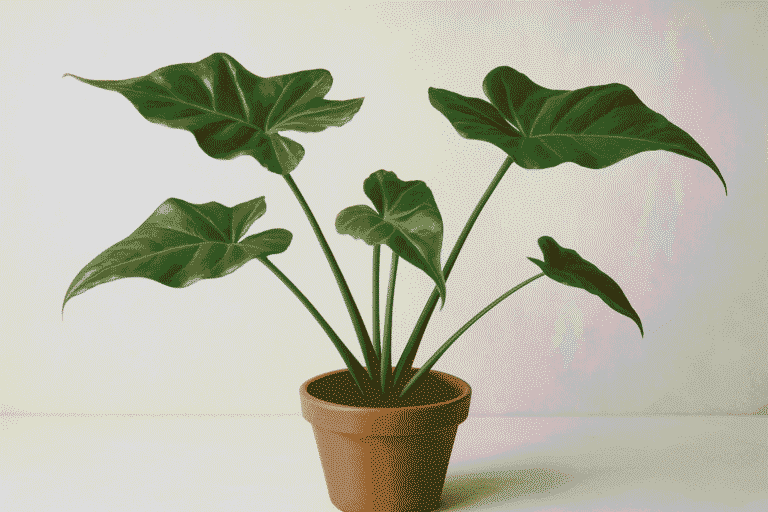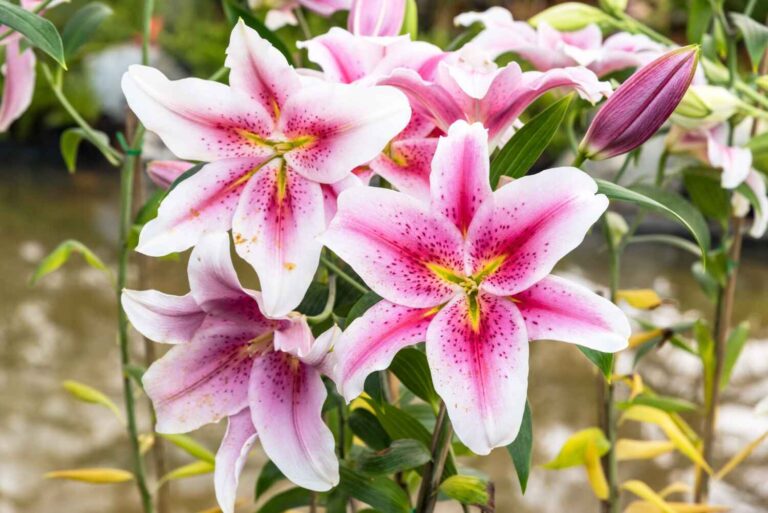Leaf Spot Disease
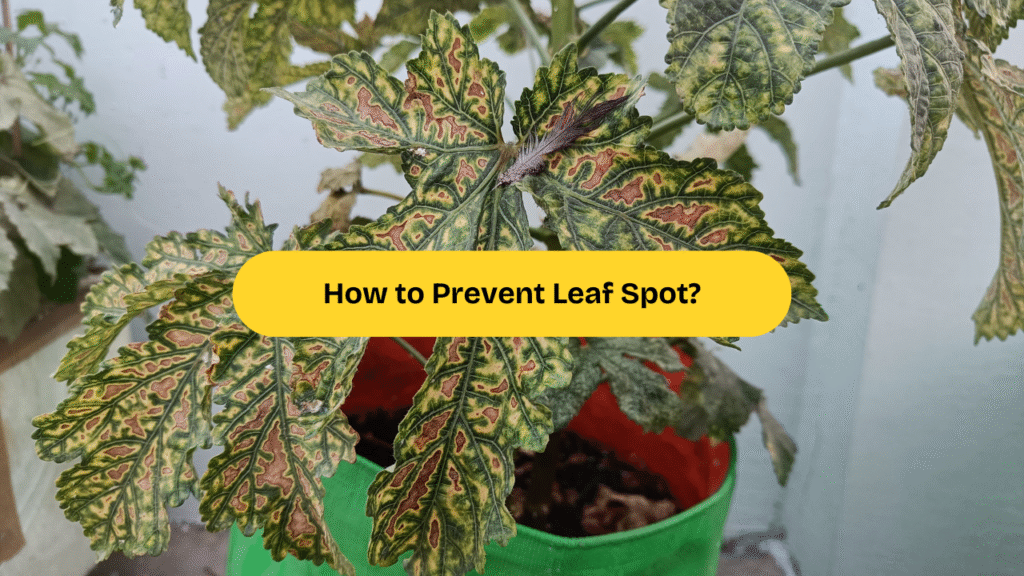
If you’ve ever noticed tiny dark or yellowish spots creeping across your plant leaves, you’re not alone. I still remember the first time I spotted those speckled blemishes on my prized tomato plants it felt like a gardening disaster. That’s when I learned about Leaf Spot, a common but frustrating issue that can affect gardens across the U.S., from backyard tomatoes in California to ornamental shrubs in the Midwest.
Leaf Spot is a term used for a variety of fungal and bacterial diseases that leave noticeable spots on plant foliage. These spots can be brown, black, yellow, or reddish and often have a halo-like ring around them. Over time, infected leaves may yellow, wither, and fall off, weakening the plant and reducing its overall health and yield.
For American gardeners, especially those dealing with humid summers or overwatered soil, Leaf Spot can become a recurring challenge. The good news? It’s manageable—with the right knowledge and timely action, you can prevent the disease from spreading and keep your garden thriving.
In this guide, we’ll walk through the causes, symptoms, and most importantly, how to treat and prevent Leaf Spot effectively. Whether you’re new to gardening or a seasoned green thumb, learning how to handle this common plant problem will make a big difference in your plant health and peace of mind.
What Causes Leaf Spot?
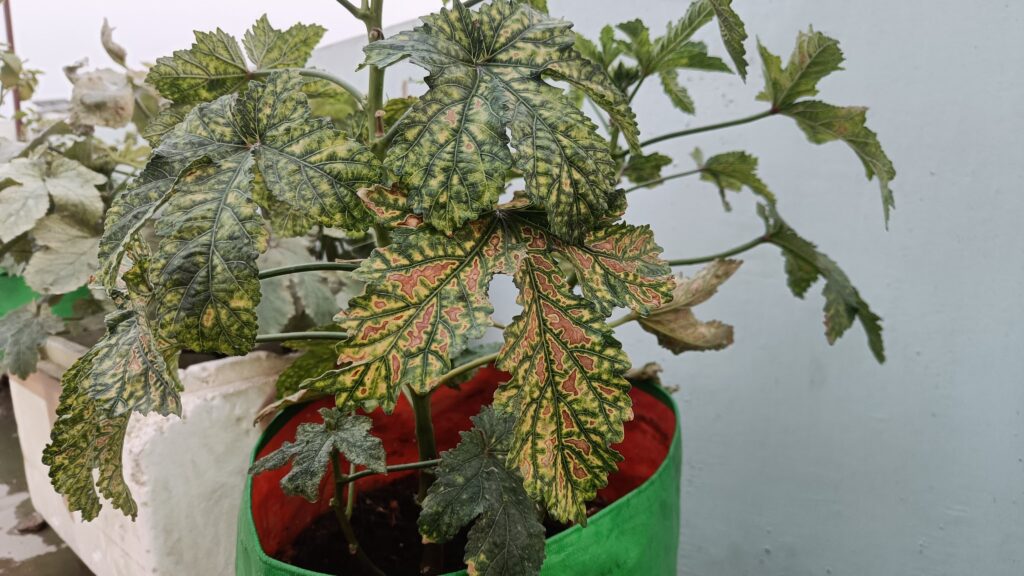
If you’ve ever wondered why those unsightly spots keep showing up on your plant leaves, you’re not alone—I’ve been there, and trust me, figuring out what’s behind Leaf Spot can save your garden a lot of stress.
Leaf Spot is primarily caused by fungal or bacterial pathogens that thrive in moist, warm environments. In many parts of the U.S., especially in humid regions like the Southeast or during rainy spring seasons, these conditions are perfect for the disease to spread. The most common culprits include fungi like Cercospora, Septoria, and Alternaria, and bacteria such as Xanthomonas. These microscopic troublemakers typically land on leaves via wind, rain splash, or even contaminated tools.
I learned the hard way that overwatering and poor air circulation around plants can make things worse. When leaves stay wet for long periods, it creates a breeding ground for Leaf Spot. Crowded planting beds and a lack of pruning only add fuel to the fire.
Understanding the cause of Leaf Spot is the first step to stopping it in its tracks. Once you know what’s triggering it, you can take smarter steps to protect your plants and keep your garden looking its best.
How to Fix Leaf Spot?
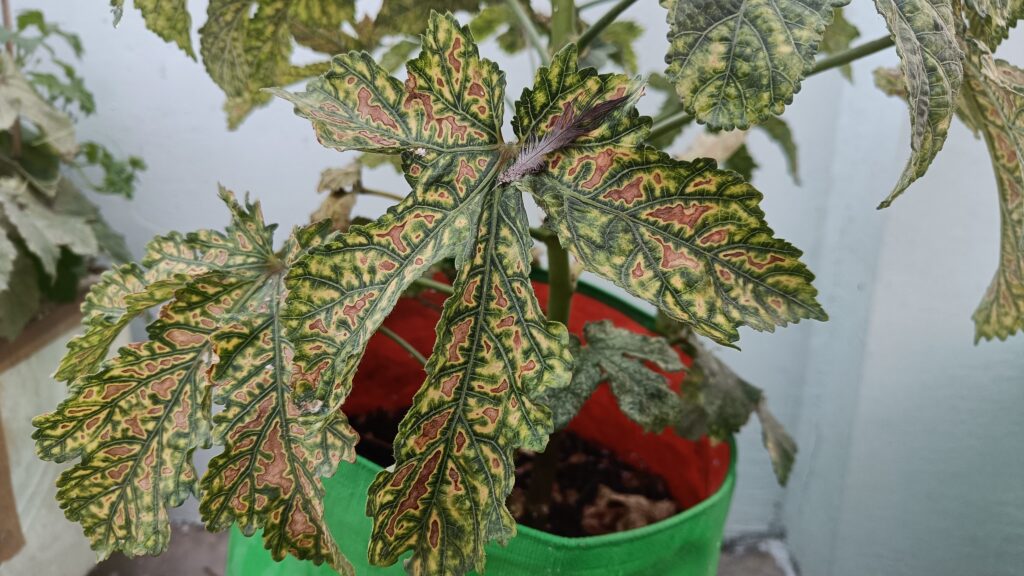
Dealing with Leaf Spot can feel overwhelming—believe me, I’ve had my share of battles with it. The good news? It’s totally fixable with a little know-how and consistent care.
The first step in treating Leaf Spot is to remove all affected leaves. I always start by pruning off any spotted or yellowing leaves, and I make sure to toss them in the trash—not the compost pile—to avoid spreading the disease. Clean your pruning tools after each use to prevent cross-contamination.
Next, improve air circulation. I learned that spacing out my plants and thinning dense foliage can make a huge difference. If you’re watering from overhead, try switching to drip irrigation or water early in the morning so leaves can dry out during the day.
For fungal Leaf Spot, a copper-based fungicide can help stop the spread. I use organic options whenever possible to keep things garden-friendly. If it’s bacterial, look for treatments labeled specifically for bacterial infections.
Fixing Leaf Spot takes patience, but with the right steps, your plants can bounce back. After dealing with it a couple of times, I’ve learned that prevention and quick action are your best allies.
How to Prevent Leaf Spot?
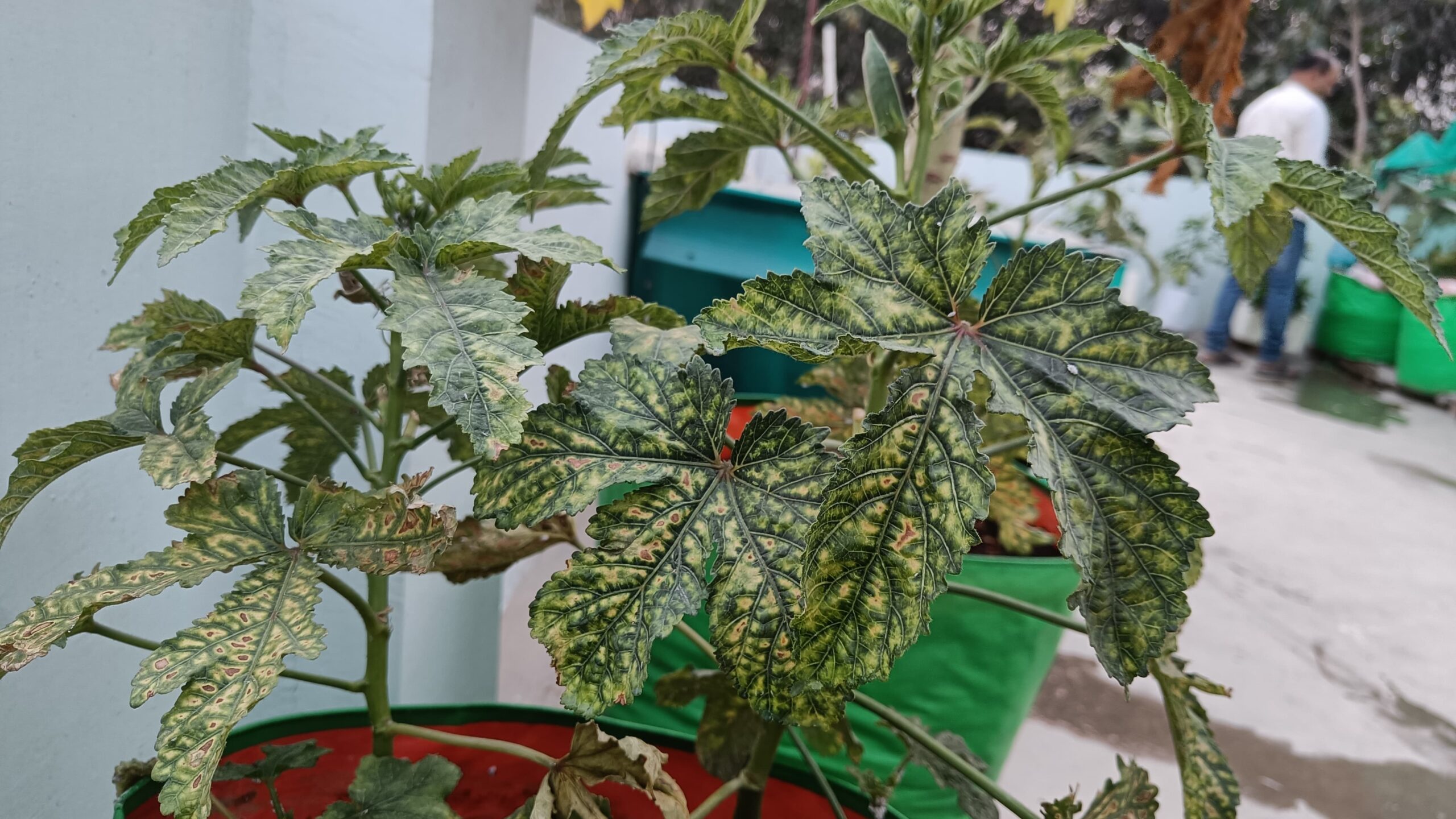
After dealing with Leaf Spot a few times in my own backyard, I’ve learned that prevention really is the best medicine. Once those spots appear, the damage is already underway, so keeping them from showing up in the first place is key.
Start with smart planting habits. I now make sure to give my plants plenty of space to breathe. Good air circulation helps keep leaves dry, which makes it harder for Leaf Spot fungi and bacteria to take hold. I also avoid overhead watering whenever possible. Watering at the base early in the morning lets plants dry out faster, reducing the chances of infection.
Another game changer? Regularly inspecting your plants. I make it a habit to check for early signs of Leaf Spot and remove any damaged leaves right away. Using clean garden tools and rotating crops each season also helps stop the disease from hanging around year after year.
For added protection, I sometimes apply an organic fungicide as a preventative measure, especially during the wet season. Trust me, a little effort now can save you a lot of frustration later. Keeping Leaf Spot at bay has made my garden healthier—and way less stressful to manage.
Conclusion
Leaf Spot may seem like a small issue at first, but if left untreated, it can quickly turn into a big headache for any gardener. I’ve learned through personal experience that the key to managing it lies in early detection, consistent care, and a few smart gardening habits. Whether you’re growing vegetables, flowers, or shrubs, keeping your plants healthy and your garden environment balanced is your best defense.
From understanding what causes Leaf Spot to learning how to treat and prevent it, taking proactive steps can make all the difference. Trust me—once you get the hang of spotting the signs and adjusting your routine, your plants will thank you with vibrant, healthy growth.
So, don’t let those pesky spots discourage you. With a little knowledge and effort, you can protect your garden from Leaf Spot and keep it looking its best all season long. Happy gardening!
Frequently Asked Questions
Leaf Spot is a fungal or bacterial disease that causes small brown, yellow, or black spots on plant leaves, often with a halo-like ring.
Leaf Spot is caused by fungi or bacteria, often spreading through wind, rain, or contaminated tools—especially in humid or wet conditions.
Yes, Leaf Spot can spread quickly if infected leaves aren’t removed and if plants are too crowded or poorly ventilated.
Remove infected leaves, improve air circulation, and use organic copper-based fungicides to treat fungal Leaf Spot effectively.
Prevent Leaf Spot by watering at the base of plants, spacing them properly, rotating crops, and regularly inspecting for early symptoms.
Table of Contents

